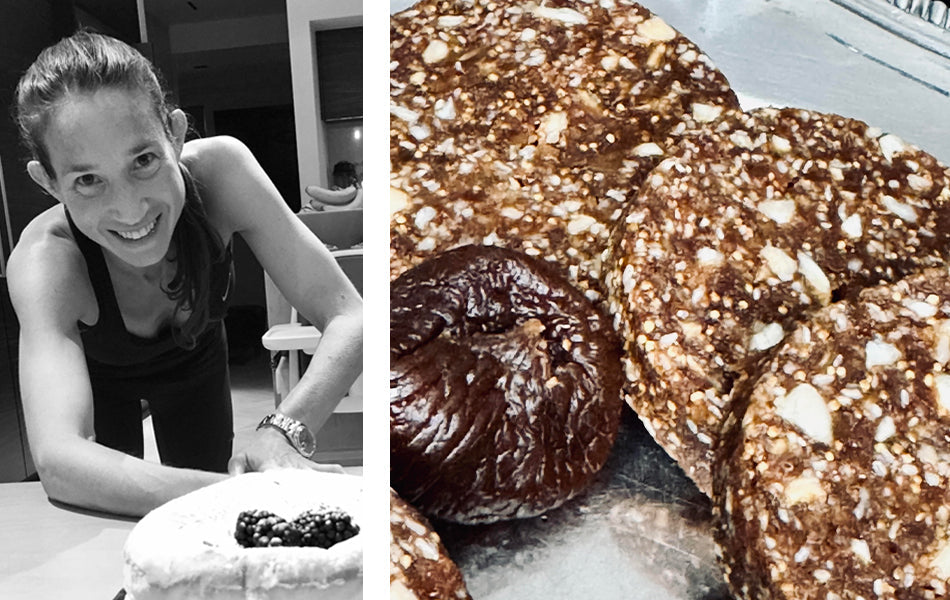New to Van Clarke? Subscribe to our newsletter for 15% off your first order. Start your haircare journey today.
New to Van Clarke? Subscribe to our newsletter for 15% off your first order. Start your haircare journey today.
August 22, 2025

Pan de higo (literally "fig bread") is a traditional Spanish delicacy that sits somewhere between a fruit cake, an energy bar, and a sweetmeat. Despite the name, it's not really a bread in the usual sense.
The history is likely from the Moorish influence as dried fruit and nuts were staple ingredients in Arab-Andalusian cookery. Traditionally prepared in late summer and autumn when figs were harvested and dried. Families would press them into cakes for storage, ensuring a sweet, nutrient-rich food supply through winter.
Dense and chewy with a crunch from the nuts, it’s naturally sweet from the figs. The warm, aromatic spice notes, sometimes have a faint boozy undertone. It was valued historically as a travel food or shepherd’s snack.
Served in thin slices, almost like cheese or charcuterie, it pairs beautifully with Manchego or other sheep’s cheeses. Also enjoyed with sherry, brandy, or strong coffee. Today, it’s a festive food at Christmas in Spain, but also sold year-round in gourmet shops.

Ingredients:
420g dried figs
100g Marcona almonds
2 tbsp sesame seeds
1-2 tbsp brandy (add sparingly until mixture comes together)
1 tbsp honey
½ tsp anise seeds
½ tsp ground cinnamon
¼ tsp ground cloves
Method:
In a food processor pulse the almonds until just chopped. Remove the almonds and then blitz the figs.

Add the almonds to the figs along with the honey, sesame seeds, anise seed, cinnamon & cloves. Use enough brandy just to hold the mixture together.
Lightly flour a work surface or silicone mat and form the mixture into a log shape. Wrap up log and compress it, leaving it in a cool dry place to dry out for a day or two.

When ready slice to serve. Keep refrigerated.

Enjoy!

Gaby Van Clarke
October 27, 2025
None of us know what’s going to take us out. Life’s full of surprises. But we do know that the body starts to degenerate from about age 30 (more cells destroyed than created, barring excess weight gain) and also, crucially, that we can affect the speed of that ageing process.
October 25, 2025
Introduced by Portuguese merchants in the 16th century, and adapted over time to suit Japanese tastes, this light bouncy sponge is considered a traditional Japanese speciality. More delicate and airy than a regular sponge cake, castella ( カステラ, kasutera) is famous for a fine and moist crumb.
October 24, 2025